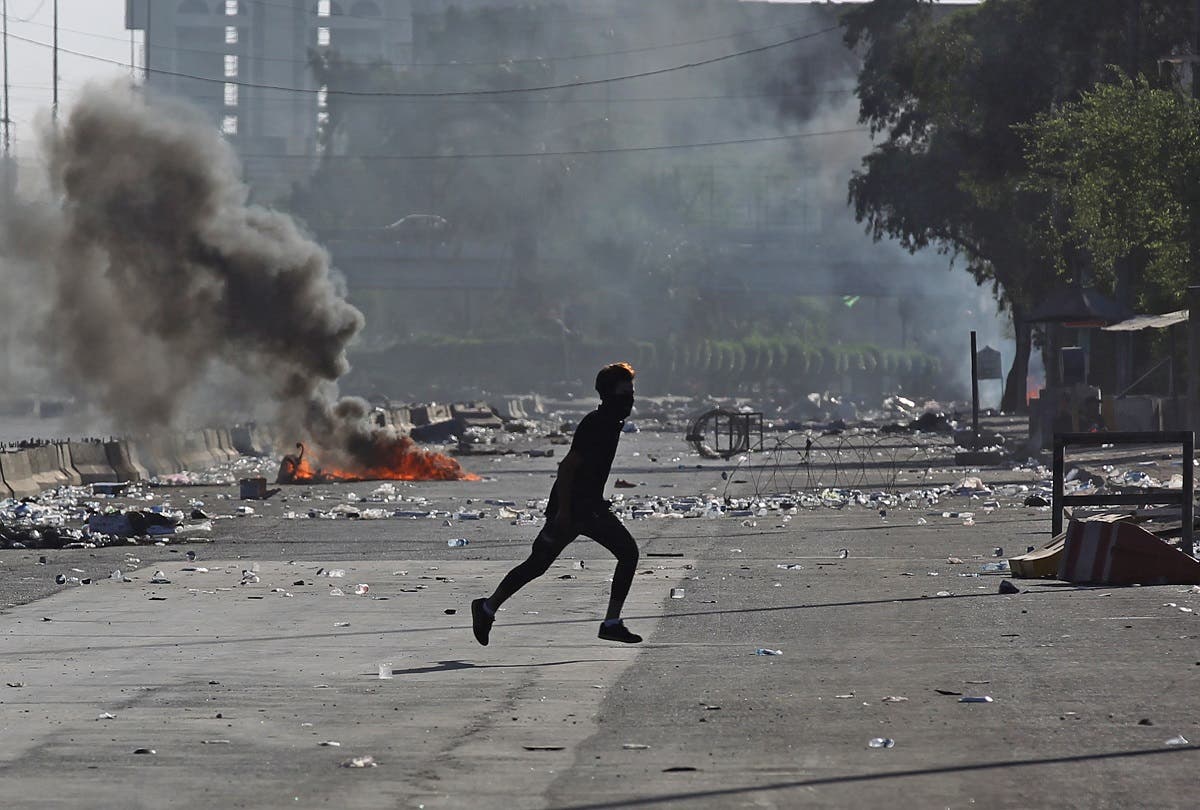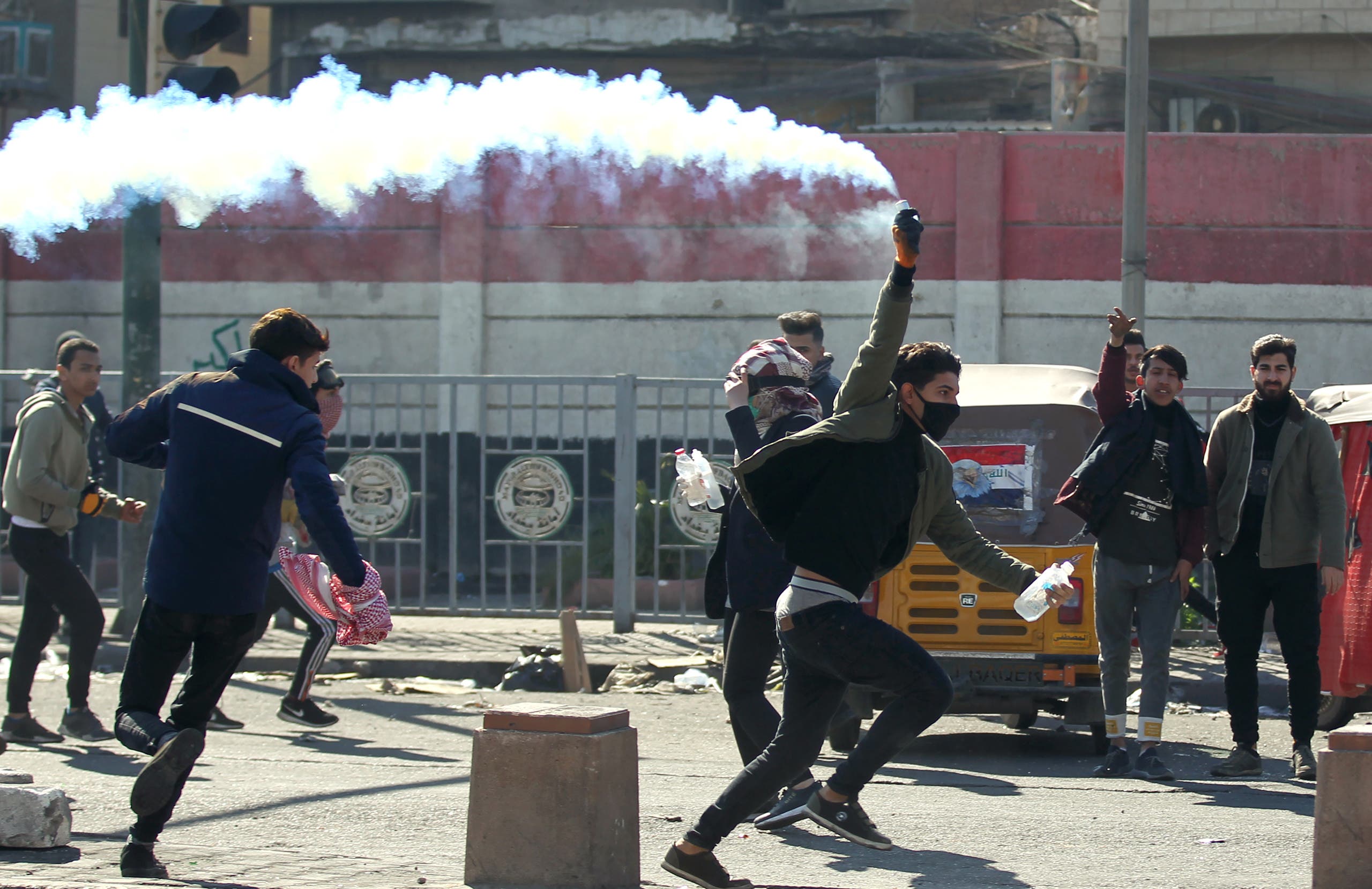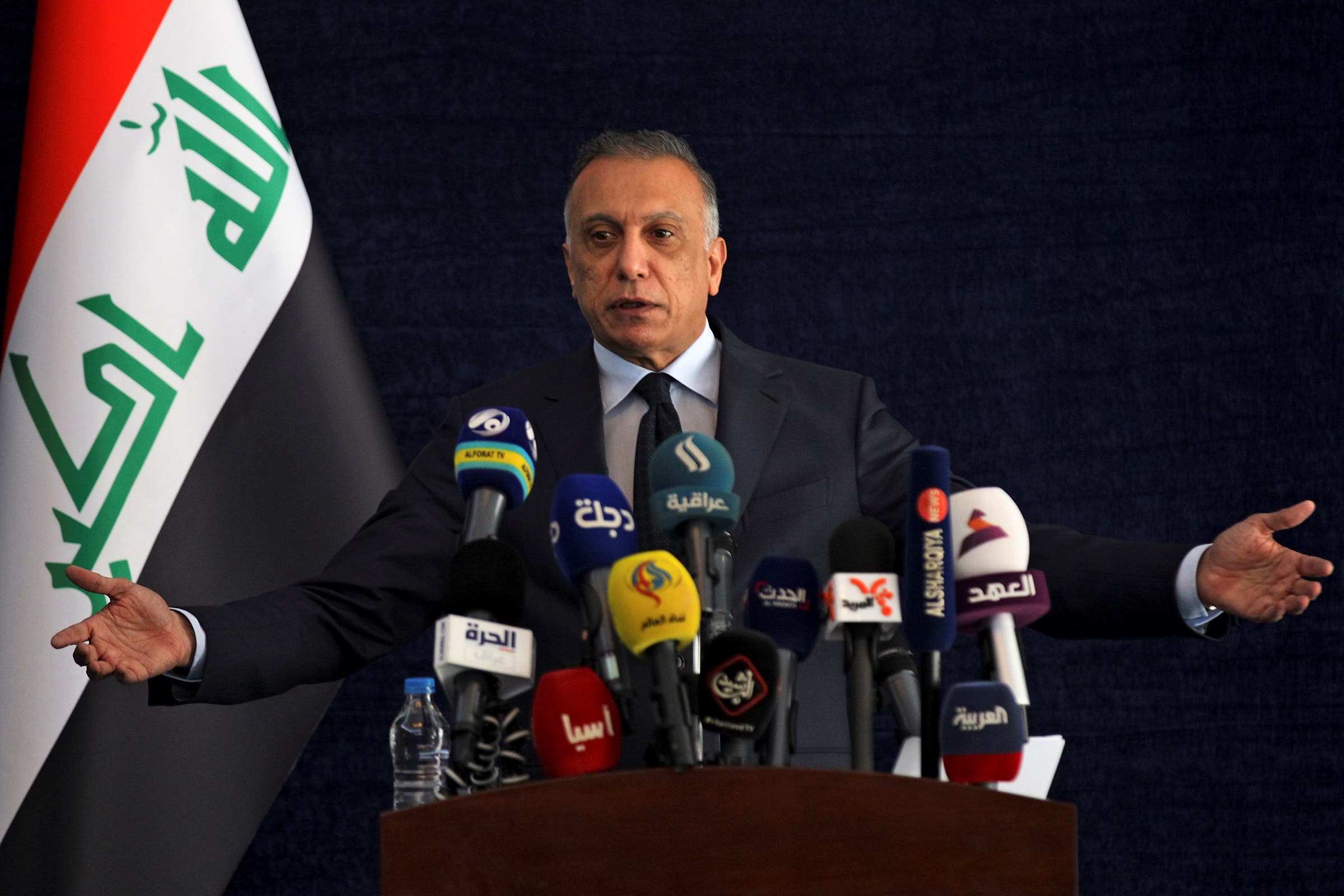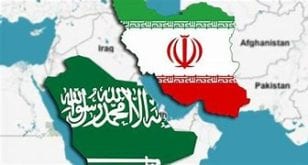Al-Arabia – This month marks the one-year anniversary of the outbreak of protests in Iraq known as the “October Revolution.”
Throughout the year, Iraqis have taken to the streets across the country. They have been met with force – with an estimated 600 people being killed as security forces and militia fire upon the crowds.
Despite two changes in prime minister, the protest movement remains alive in the country, determined to tackle the same structural issues that sparked the initial demonstrations a year earlier.
Here is all you need to know about the protests.
What caused the Iraq protests?
The protests that broke out on October 1 are the result of the build-up of years of Iraqi resentment against the political class and system – which is based on the ethnic-sectarian quota system – because of unemployment, the lack of services and electricity, nepotism, corruption, and foreign interference. Before 2019, Iraqis held sporadic demonstrations on these same causes, such as in 2016 when they stormed into Baghdad’s Green Zone and the Iraqi Council of Representatives.
Many Iraqis had boycotted the 2018 elections, with only 44.5 percent turnout reflecting frustration. Despite Iraq having one of the top five oil reserves globally, 22 percent of Iraqi people live on less than 2 dollars a day according to the World Bank. The Shia majority areas of Baghdad and southern Iraq suffer from high rates of poverty and became the heartland of the protests.
There were two sparks to the protests on October 1, 2019. In late September, the government launched a harsh crackdown on graduate students who had demanded jobs and called for an end to corruption. On September 29, Prime Minister Adil Abdul-Mahdi stoked controversy by firing the popular Iraqi commander Abdul Wahab al-Sa’adi, with speculation that the move had been the result of Iranian pressure against the commander’s local popularity.
The protesters were met with heavy-handed repression from the government and militias, causing them to expand their demands and further entrench their positions.

An Iraqi protester runs amidst clashes during a demonstration against state corruption, failing public services, and unemployment in the Iraqi capital Baghdad’s central Khellani Square on October 4, 2019. (AFP)
What do Iraqi protesters want?
“Nureed watan” (we want a homeland): A slogan protesters chant, resembling their sentiments that Iraq has been taken over by the elites and external powers in the context of a conflict between Iranian proxies and US interests in the country. They reject external interferences, for example chanting “Iran Barra, Iraq Hurra” (Iran out, Iraq is free).
The protesters want a well-governed country that provides public services, job opportunities and no favouritism, as well as “meaningful change” in the political system including a new electoral system and to root out corruption. They chanted “Baghdad hurra hurra, fasad barra barra,” (Baghdad is free, corruption is out).
Since the demonstrations were met with brutal violence by both government and non-government forces, protesters have demanded the prosecution of the killers of more than 600 people.
How did protests develop through the year?
October 1 marked the start of a new wave of anti-establishment protests, which spread to 11 Iraqi majority Shia provinces. In a few days, the protesters took over Tahrir Square in Baghdad, set up tents, sit ins, marches, and confronted police.
Elements of the Iraqi Security Forces, Shia militias and unidentified snipers killed around 100 protesters and wounded 6,000 in the first week. The second wave began on October 25, as protesters were not satisfied with the Prime Minister Abdul-Mahdi’s cosmetic concessions, which included reshuffling the government.
Abdul-Mahdi stepped down on November 30, by which time more than 250 protesters had been killed. Two failed prime minister nominations followed by a lack of parliament support for both Mohammed Allawi and Adnan al-Zurfi and their cabinets, before former intelligence chief Mustafa al-Kadhimi became prime minister in May 2020.
In January 2020, the influential Shia politician and cleric Muqtada al-Sadr withdrew his inconsistent support from the protesters and sided with pro-Iran militias. Muqtada’s supporters then attacked the protesters. So far, more than 600 have been killed and more than 30,000 injured.
Although COVID 19 has reduced the protesters’ numbers, they still continue. On the anniversary of the Iraqi protests, fresh protests have erupted across Baghdad and southern cities. The protesters gave al-Kadhimi an ultimatum: he has until October 25 to prosecute the killers of the protesters otherwise another wave of protests might storm the green zone.
While Iraqi protesters are fragmented, and they come from a wide socio-political spectrum – from those who support a secular and civil state to preserving some religious elements – they are relatively united in their aspirations and demands.

An Iraqi protester grabs a tear gas canister fired by riot police amid clashes following an anti-government demonstration in Al-Khilani Square in Baghdad on January 26, 2020.
What is the role of Iran and Iran-backed militias?
The protests pose a threat to Iran and pro-Iran Shia militias; their leaders labelled the protests as an external conspiracy, pointing figures at the US. Iranian commander Qassem Soleimani, before his death, and Lebanon’s Hezbollah have provided guidance to the militias on how to suppress the protesters.
In October 2019, Iran’s supreme leader Khamenei publicly blamed the US and Israel for steering the protests in Iraq and he claimed that Arab Gulf states are funding Iraqi protests, according to BBC Arabic.
Pro-Iran militias have been accused of targeting protesters and torturing, kidnapping, killing and assassinating protesters and key elements within and supporters of these movements. For example, the assassination of the expert Dr Husham al-Hashimi, the human rights advocate Dr Riham Yacoub and many others have received widespread condemnation by international organizations including the UN.
Protesters attacked pro-Iran militias’ offices in southern Iraq including those of A’saib Ahl al-Haq and Kata’ib Hezbollah as well as burning Iran’s Consulate in Najaf. Publicly, Qais al-Khaza’li the leader and Khalid al-Saadi a senior member of Asaib Ahl al-Haq condemned and threatened them.
How has Prime Minister Mustafa al-Kadhimi responded to the protests?
Since his appointment in May, Prime Minister al-Kahdimi has been viewed by some as a supporter of the protesters, despite the fact that he was appointed by the political factions that the Iraqi protesters reject.
Al-Kadhimi released a number of protesters from prison and promoted Lieutenant General Abdul Wahab al-Sa’adi – popular with the protesters – after he was demoted by Mahdi. Al-Kadhimi promised to “hold to account those who shed Iraqi blood.”
Since, Al-Kadhimi has tried to maintain a difficult balance between appeasing the protesters and not losing the support of the factions in the Iraqi Council of Representatives. Although al-Kadhimi is gradually pursuing the containment of the pro-Iran militias, pleasing both sides could be an insurmountable task.

Iraqi Prime Minister Mustafa Al-Kadhimi speaks during a news conference in Basra, Iraq, July 15, 2020. (Reuters)
Where next?
Due to the government’s fragility, corruption, and domination by political factions, as well as the malign activities of pro-Iran militias, it has limitations on what it can achieve or how far it can fulfil the protesters’ demands. The protests are therefore likely to continue or escalate, with the root causes unlikely to disappear.
The protests will likely only disperse if the political system is fundamentally reformed, the militias are prosecuted for their actions, corruption is rooted out, and public services are provided, with equal job opportunities for youths that are not reliant on the state or oil sector.
Until then, it seems Iraq’s year of protests is set to continue.
 Shabtabnews In this dark night, I have lost my way – Arise from a corner, oh you the star of guidance.
Shabtabnews In this dark night, I have lost my way – Arise from a corner, oh you the star of guidance.



